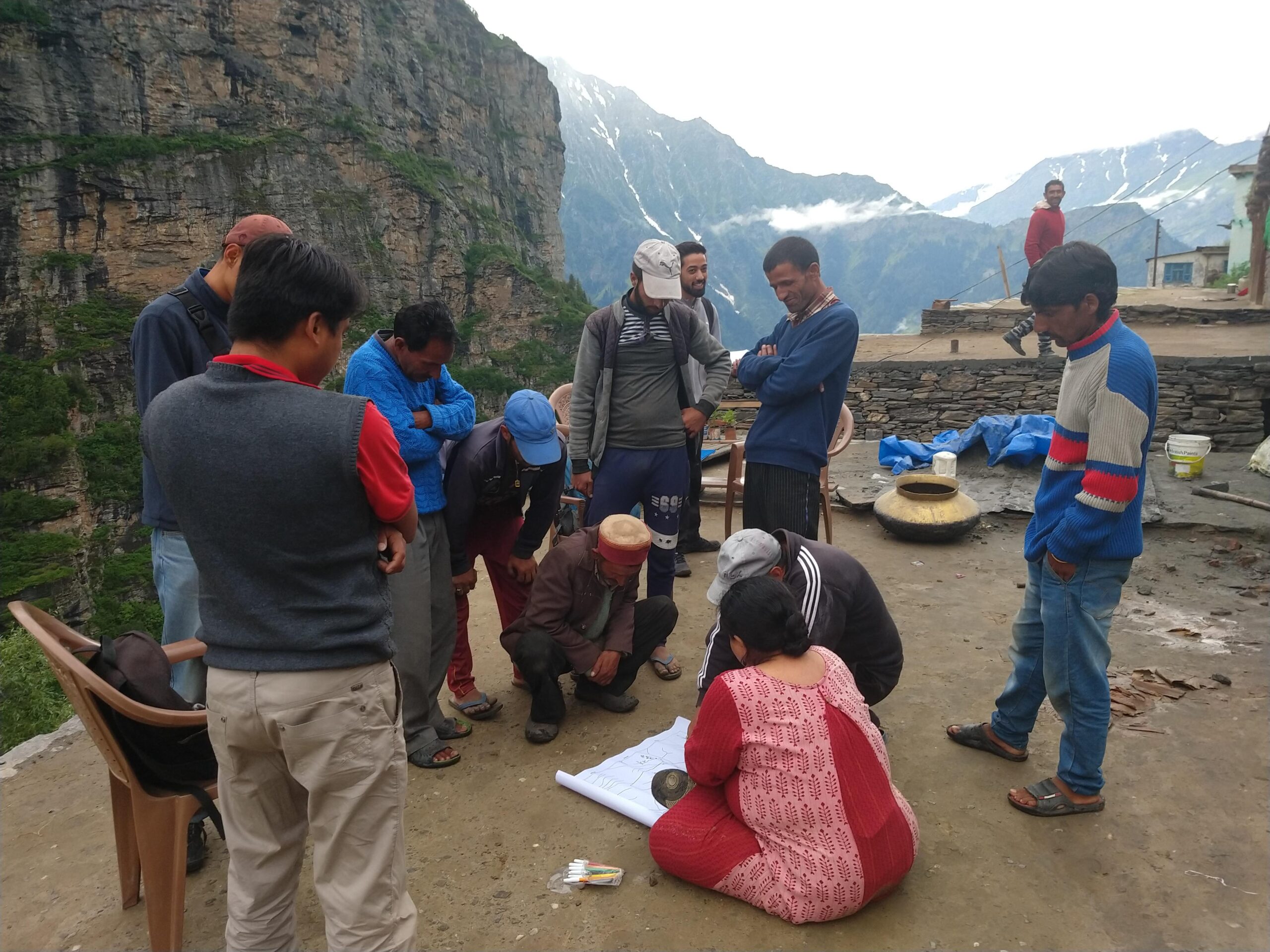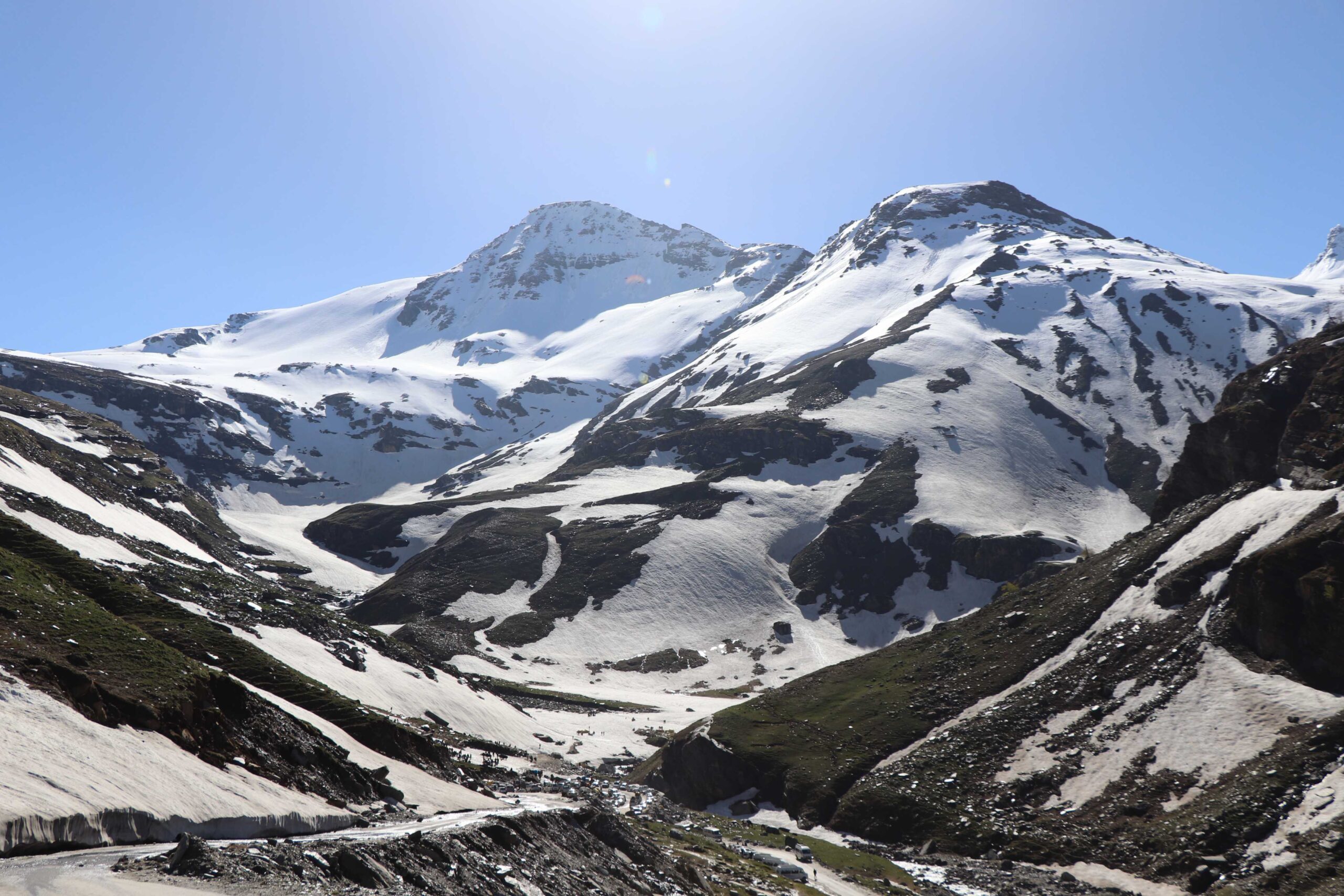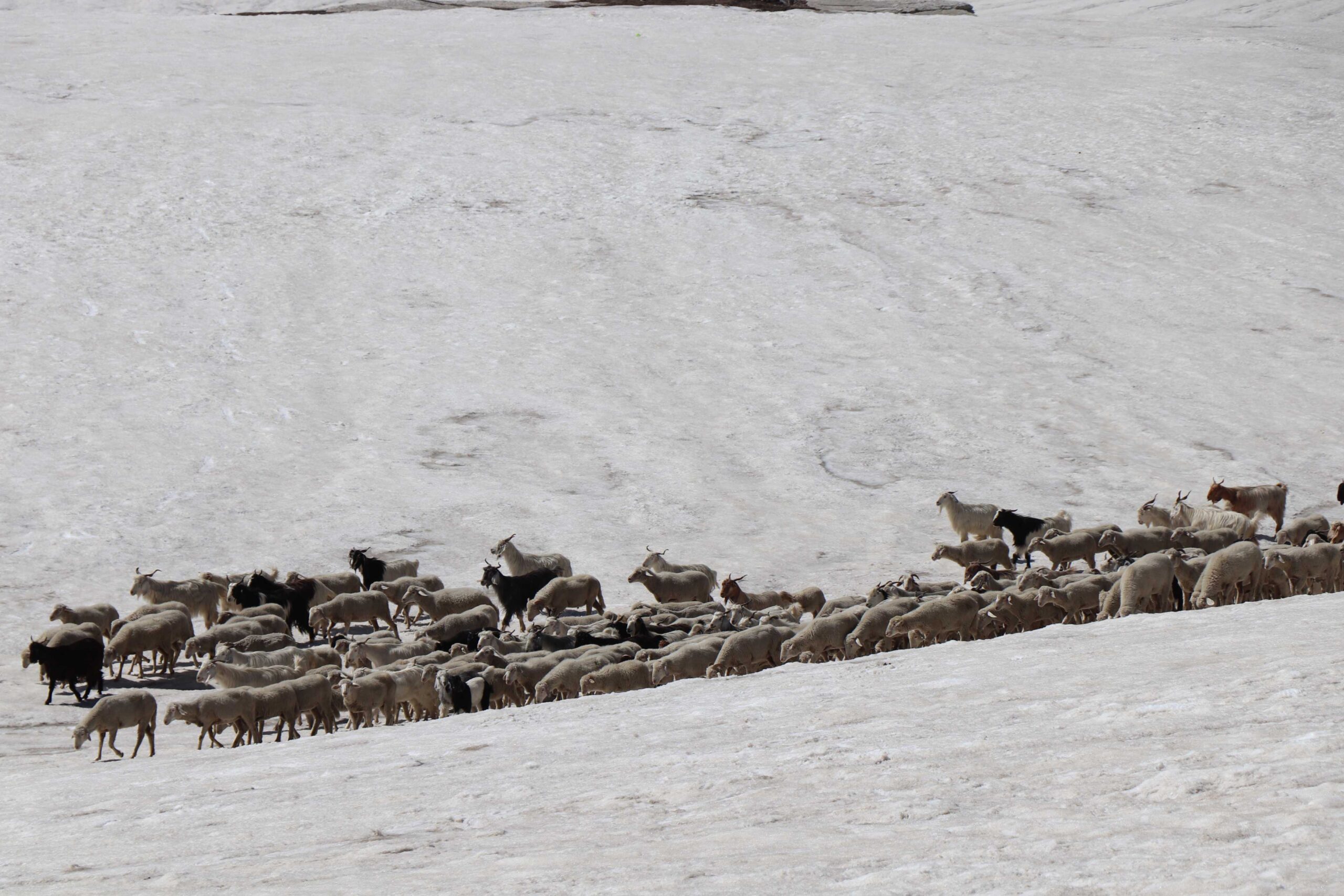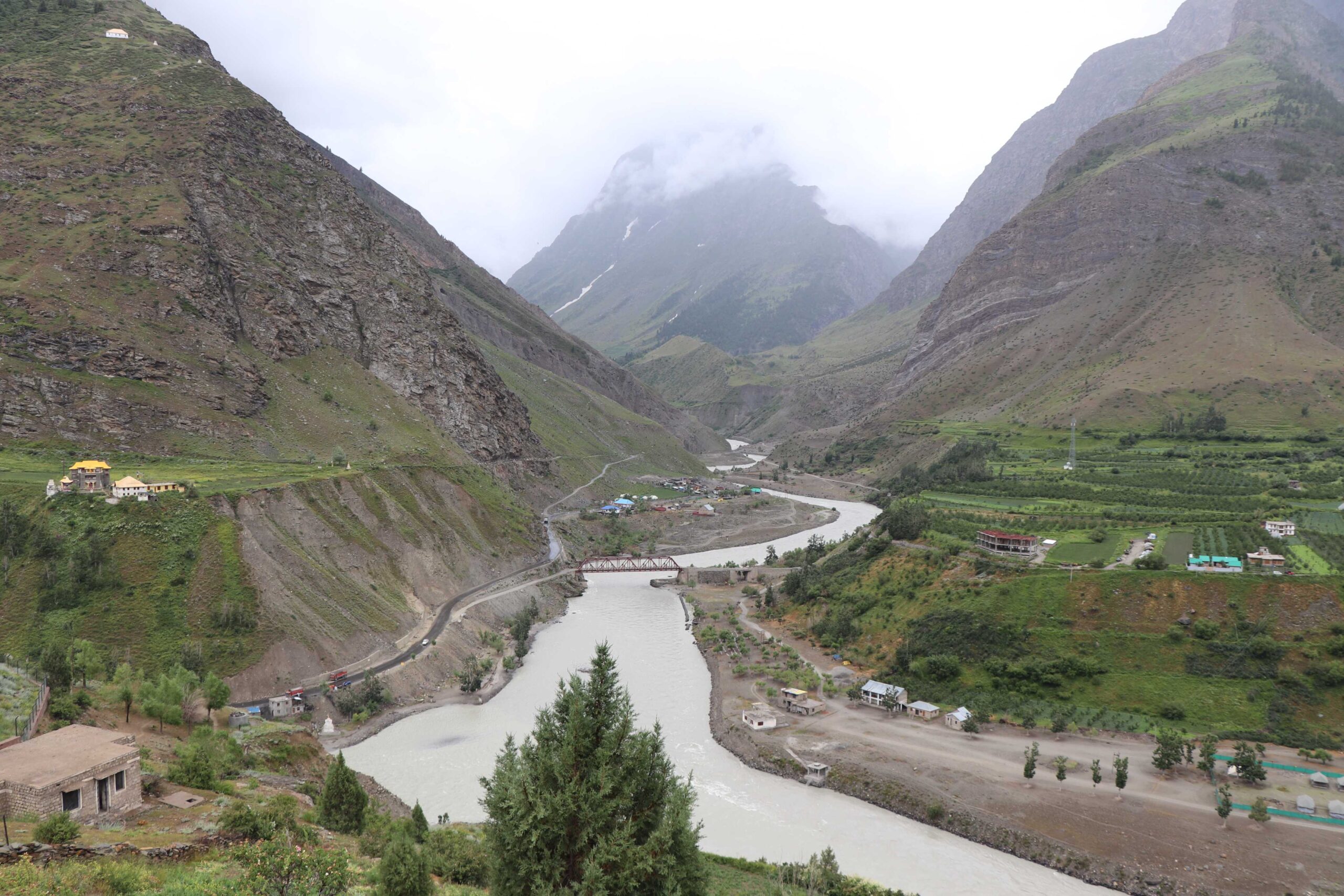A New Model for Ecological Restoration of Himalayan Pasturelands

By Dr. Monalisa Sen
The Himalayas have been home to many human cultures dating back several centuries, and currently harbours three global biodiversity hotspots. Population growth, and unsustainable consumption patterns coupled with changing climate have degraded the pasturelands of this region. These pasturelands provide high-value economic services (worth nearly $4 billion annually in India) through generated hydropower, livestock, agriculture and tourism. Their degradation is impacting the biodiversity of the region, as well as soil fertility and water quality, and seriously hampering the traditional use of these grasslands as pastures by locals and nomadic pastoralists. Pastureland restoration will thus benefit both local and nomadic pastoral communities and biodiversity.
The Hindu Kush Himalayan ecosystem is of critical global importance as it harbors and forms an important life-support system for many remote agro-pastoral communities that depend on it. Around 200 million people belonging to different ethnic groups reside in this region.
The Himalayas are also a source of food for wild and domestic animals, with pasturelands contributing over 65% of the overall feedstock supply in the region (Pande, 2010). They also form a major part of the watershed areas that contribute significantly to soil and water conservation and influence natural resource management and biodiversity conservation.
A quick estimate shows that the economic value of some prominent services generated from the Himalayan pasturelands in India stands at nearly $4 billion a year, the bulk of which comes from hydropower and generated electricity (US$3 billion), followed by livestock and agriculture (US$0.5 billion), and tourism (US$0.4 billion).
Pasturelands are a critical ecosystem in the Himalayas. They comprise 35% of the geographical area of the Indian Himalayas (Rawat, 1998). There are growing numbers of the rural poor in the region who depend on the pasturelands for their livelihood (Chaudhary and Bawa, 2011).
These pasturelands are highly degraded, riddled with invasive plants, legume deficient, and affected by landslides, overstocking, and climate change (low winter rain) (ICLEI South Asia, 2022). As a component of the UNDP-supported SECURE Himalaya project, ICLEI South Asia mapped degradation in Himalayan pasturelands in Himachal Pradesh, India. It found them to be the most degraded in Miyar (32.6880 – 33.2580 N and 76.6610 – 77.0170 E) and Kundal (32.6510 – 32.7450 N and 76.4220 – 76.5350 E) sub-river basins.
Pastures in the Miyar sub-river basin cover an area of 25050.78 ha. The degradation analysis shows that 58.95% of the pastures (14753.88 ha) degraded over 12 years (2009-2021), with a 21.31% (5338.32 ha) decrease in the net primary productivity (NPP). Pastures in the Kundal sub-river basin cover an area of 2898.36 ha. The degradation analysis shows that 47.71 % (1382.58 ha) of these pastures degraded over the same period, with a 57.74% (1671.93 ha) decrease in NPP.
Degradation of the pasturelands has adversely impacted the nomadic pastoralists (Gaddis) and resident communities. The pastoralists have reported a significant reduction in weight gain of their livestock. The resident communities, particularly women, have to traverse longer distances to higher altitudes to collect fodder for stall feeding. Pastureland degradation has also led to water scarcity in some of these villages due to the drying up of a stream, which used to originate there. This has made living in these remote villages even more difficult. Degraded pasturelands also impact wild herbivores, thereby impacting the survival of endangered species like the snow leopard.
ICLEI South Asia has developed restoration plans for these two most degraded pasturelands, after detailed consultations with the local community, the Forest Department and subject-matter experts. The plans combine traditional and scientific knowledge and approaches, and follow a landscape approach to restore the pasturelands, promote biodiversity conservation (including of endangered species like the snow leopard). They also support decentralized planning and management by strengthening the role of communities, local government institutions, and community-based organizations, increasing their potential to become agents of change for promoting sustainable natural resource management, and improving their capacities for effective promotion and management of value chains to enhance conservation and sustainable use, increase livelihood benefits and provide sustainable incomes.
The innovative aspect of the plans is a proposed unique eco-tourism model that will provide benefits to the local community and the nomadic pastoralists. The restoration and livelihood enhancement activities proposed for forest restoration follow appropriate technical tools and approaches. These activities will lead to restoration, improve biodiversity, benefit local livelihoods and tackle climate change impacts. Such multi-conceptual and innovative approaches are needed to map degradation and develop and implement ecological restoration plans. Ecological restoration of high-altitude Himalayan pasturelands will help to build climate resilience and improve the overall quality of life, not just in high-altitude regions, but also in the plains.






